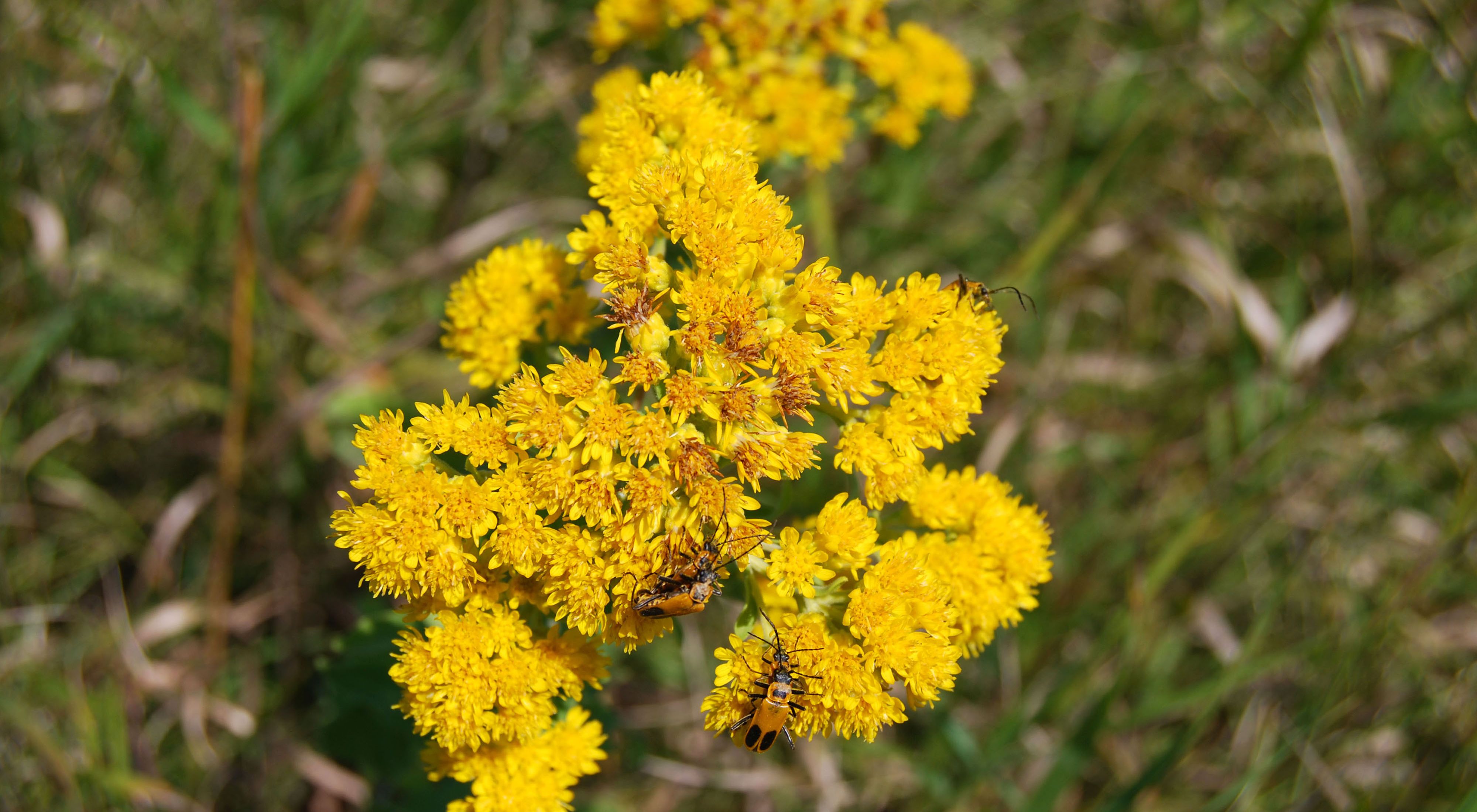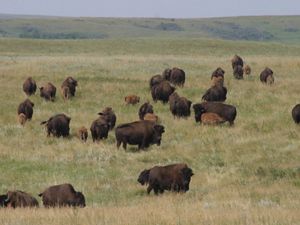Description
Altamont Prairie was TNC’s first foray into protecting and preserving South Dakota’s lands for future generations. A group of professors from South Dakota State University approached TNC officials in 1962 with their plans to preserve this land and use it as an “outdoor laboratory.”
This land, which at the time had never been plowed or grazed, attracted the attention of local botanists. Even then, it was one of the few unaltered areas in the region. Newspaper accounts hailed it a “botanical museum.” The prairie not only had wildflowers and grasses typical of a tallgrass prairie, but its pothole wetlands, spring-fed cottonwood grove and 3-acre marsh attracted a profusion of native wildlife.
Since then, a harmful, non-native plant — leafy spurge — has taken the prairie by force and threatens the native plants that grow there. The U.S. Geological Survey estimates this plant causes more than $100 million in damage in the Great Plains states each year. TNC is working to combat harmful, non-native species here and throughout the region.
Location
Ten miles north of Clear Lake on Highway 15 turn east onto paved road at the one-building town of Tunerville, which is just south of intersection of Hwy 212 and Hwy 15. Travel 7.5 miles east and continue onto gravel road when pavement turns back to the north. The preserve is on the south side of the road.
Why TNC Selected This Site
Altamont Prairie not only was the first preserve TNC acquired in South Dakota, but it also was the organization’s first effort in the nation to help a college. The professors of South Dakota State University dreamed this land would become the first of many “outdoor laboratories” for students and teachers in the state’s college and universities. This vision has become a reality — in South Dakota and throughout the nation. (See also Vermillion and Aurora Prairie sites).
What TNC Has Done/Is Doing
Researchers documented much of this prairie’s rich ecological history. In the last decade, with the invasion of leafy spurge, the Conservancy began studying ways to stop its spread.
Leafy spurge is extremely difficult to control. Its large root system burrows 20 feet into the soil, making it resilient to drought, herbicide treatment and grazing. Not only can the plant reproduce vegetatively, it also can ”shoot” its seed up to 14 feet from the parent plant. Leafy spurge also contains a milky latex that can produce blisters and inflammation in humans, cattle and horses and may cause permanent blindness if rubbed into the eye.
To control it, land managers use special root-boring flea beetles. TNC also is reviewing data from a four-year research period where grazing was studied as a potential way to slow its spread.
This prairie is protected by a United States Fish and Wildlife Service easement, which guarantees perpetual protection and helps leverage additional protection on nearby private lands.
For more information on visiting this and other South Dakota preserves, check out our Preserve Visitation Guidelines.



